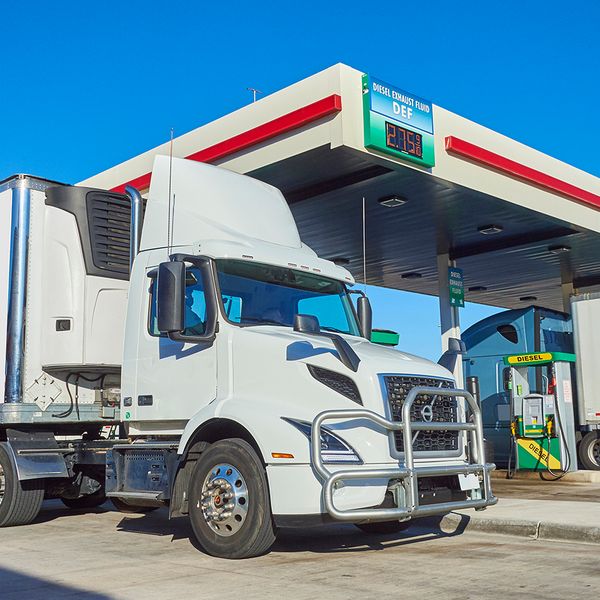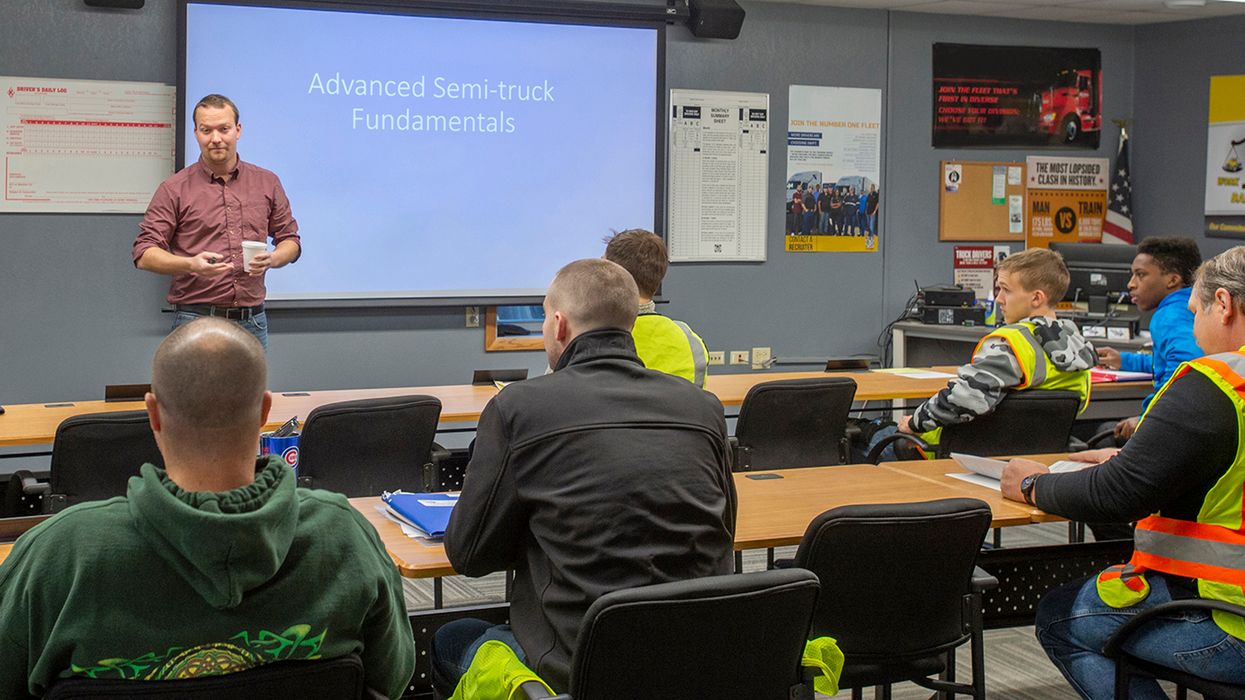Answers to your top five personal conveyance questions
It’s been nearly six years since official guidance was published clarifying when drivers may use personal conveyance (PC). But PC continues to be a point of confusion for many drivers and supervisors.
Following are Compliance Network’s top five questions on the PC provision.
1. Where do I find FMCSA’s official guidance?
The Federal Motor Carrier Safety Administration’s (FMCSA’s) guidelines for using PC are found in the agency’s official interpretations for 395.8, under Question 26.
2. Must a motor carrier offer PC to a driver?
No. The FMCSA does not require motor carriers to allow drivers to use personal conveyance. For those that do, they can choose whether they want time or distance limits placed on PC usage.
3. What activities are covered under PC?
Time spent driving a commercial motor vehicle (CMV) to move the driver from place to place for personal reasons can be considered off-duty time in certain situations, if the driver has been relieved from work and all responsibility for performing work, is not overly fatigued, and complies with any company policies governing personal conveyance. For a list of scenarios, click here.
4. What is not considered PC?
Driving time that “enhances the operational readiness of a motor carrier” or that otherwise furthers a business purpose must be recorded as “driving.” For a list of scenarios, click here.
5. What other factors should be considered when using PC?
The use of PC can affect, or be affected by, other aspects of operating a CMV. Motor carriers and drivers should be aware of the following:
- The 10-hour break or 34-hour restart. Time spent using personal conveyance while off duty will count as part of a driver’s 10- or 34-consecutive-hour break, but the driver must obtain “restorative” rest.
- Moving for maintenance. Any movement that involves the maintenance or conditioning of the vehicle must be recorded as on-duty driving time, even if it’s during a 34-hour restart.
- Nearby, reasonable, and safe. Enforcement won’t likely question what a driver considers reasonable and safe. However, driving off duty past two or three truck stops before parking may be questioned.
- Authorization and liability. The FMCSA does not require a written policy or authorization by the carrier, but it is advisable to have a written PC policy. Carriers should also discuss liability coverage with their insurer.
- The ELD mandate and “personal use.” A motor carrier using electronic logging devices (ELDs) has the option to allow its drivers to use a built-in “personal use” status. When prompted by the ELD, each instance of personal use must be annotated.
- Using PC in Canada. The limit for personal use is 75 kilometers per day in Canada.
- HOS rules and relationship to fuel tax and registration. You must track all miles under the International Fuel Tax Agreement and the International Registration Plan.
Additional resources
Compliance Network has several resources for those seeking additional information on using the PC provision:
- An In-Depth Article: ‘Personal conveyance’ violations: 17,000 and counting
- Compliance Institute article: What is on-duty and off-duty time?
Not seeing the answer to your question? Ask the Experts!
If you have additional questions on PC or any other topic, please contact our subject matter experts using Expert Help.



















































